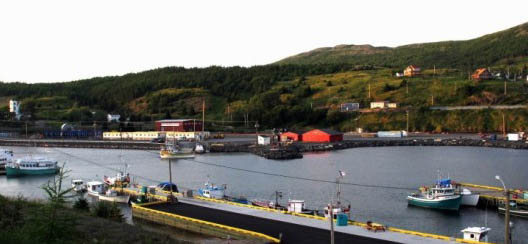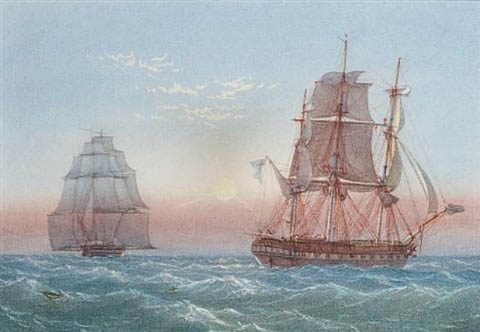The HMS “Sapphire,” Canada’s oldest wreck, is the subject of this documentary video filmed in Bay Bulls, Newfoundland. The three-hundred-year-old frigate is being excavated by Parks Canada’s underwater archaeology crew and was filmed by the National Film Board of Canada in 1979 by Ted Remerowski.
The HMS Sapphire was a 32-gun fifth-rate Royal Navy ship that was launched in 1675 and sunk in 1696. It was planned and built at Harwich by Sir Anthony Deane at a cost of £4,175.
| General characteristics | |
|---|---|
| Class and type | 32-gun fifth rate |
| Tons burthen | 340 81⁄94 bm |
| Length | 105 ft 8 in (32.2 m) (overall) 89 ft (27.1 m) (keel) |
| Beam | 26 ft 10 in (8.2 m) |
| Draught | 13 ft 2 in (4.0 m) |
| Depth of hold | 10 ft (3.05 m) |
| Propulsion | Sails |
The sheltered bay of Red Bulls, Newfoundland, has been home to many fisherman and functioned as a key place in the early days due to its proximity to the capital, St. John’s. Bay Bulls is a fishing town that was founded due of its proximity to the Grand Banks’ abundant fishing grounds. The town is becoming more of a bedroom community for those employed in St. John’s as a result of its closeness. Bay Bulls has been in the vanguard of a number of strategies, including fish farming and, more recently, oil and gas service. The Penney Group of Companies has constructed a repair facility to service the Grand Banks’ numerous oil rigs. Tourism has also become a significant aspect of the town. Visitors come from all over the world to visit four whale and bird watching establishments, as well as several bed-and-breakfast establishments.
About the Disaster of the HMS Sapphire
The French chose to launch surprise attacks against isolated English outposts and communities, such as Newfoundland, after the English declared war on them during King William’s reign (1689-1697).
The Sapphire left Britain in April 1696 commanded by Captain Thomas Cleasby, to escort English fishing vessels to Newfoundland. England and France were at war at the time in Europe and North America. In August or early September 1696, a French fleet of nine ships, cornered Saphire in Bay Bulls. Captain Cleasby put up a strong defense from Sapphire and on land, but he and his crew were out-numbered and out-gunned by the French force. To avoid capture of his ship, Cleasby burned the Sapphire. One British account claimed that 40 French sailors boarded the burning ship to try and save it as a prize, but they were all killed when the powder magazine exploded. Captain Cleasby and his crew retreated overland to Ferryland, where they were later captured by the French and shipped to France as prisoners of war.
Salvage divers discovered the remains of the Sapphire in the 1960s, and three cannons were retrieved and sold in 1972. Concerned divers created the Newfoundland Marine Archaeology Society (NMAS) in the same year to protect the wreck from further looting. The Sapphire wreck and two more nearby were surveyed by the NMAS. NMAS conducted a preliminary excavation of the Sapphire wreck in three sites in 1974, recovering 304 objects. In 1977, (video above) Parks Canada’s underwater archaeologists conducted a more extensive excavation at the Sapphire, recovering 2721 objects.
Because of its historic, scientific, and cultural significance, the Bay Bulls Harbour Provincial Historic Site has been designated as a heritage area. Its historic significance stems from its connection to the events surrounding the sinking of the HMS Sapphire in the late seventeenth century, and it helps to demonstrate the crucial importance of the cod fishing in Newfoundland from the beginning.








